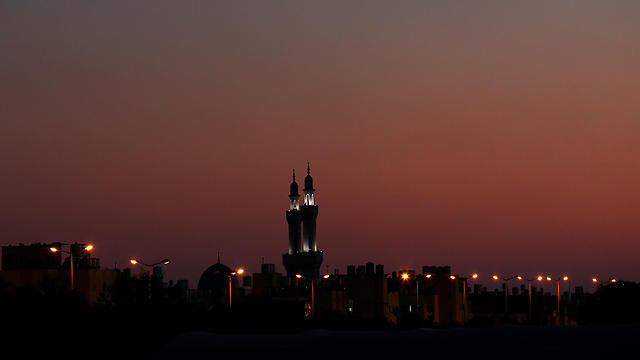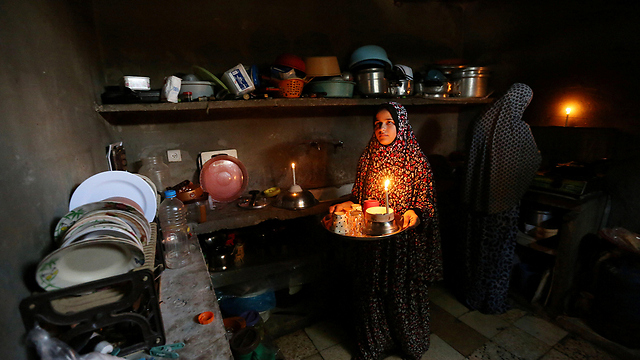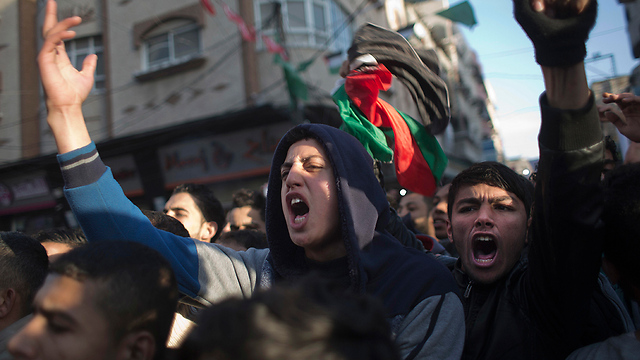
Electricity crisis
Photo: EPA
Even in the absence of an Israeli-Palestinian peace deal, steps can be taken now that could significantly brighten a gloomy Palestinian economic situation, the World Bank said on Tuesday.
In a new report it said addressing external constraints on the Palestinian economy "is the most important factor" in any turnaround, but the Palestinian Authority, which administers limited self-rule in the West Bank, also had to do its part to cut red tape stifling business activity.
Removing Israeli restrictions on Palestinian movement in so-called Area C in the West Bank—where Israel maintains civil and security control—could boost the size of the West Bank economy by one-third in eight years, the World Bank said.
Israel however, insists its presence must be maintained due to the security risks that would ensue in such an eventuality.
"Such growth would not only be enabled by better access to critical scarce resources, notably land and water, but also other natural resources that would allow Palestinian businesses to take advantage of Area C's comparative advantages in agriculture, mining and quarrying, and tourism," it said.
Area C, designated by interim peace deals signed in the 1990s, represents 61 percent of West Bank territory, and Israel cites security concerns for the restrictions it imposes there.
According to the World Bank, currently less than 1 percent of Area C, which is already built up, is designated by the Israeli authorities for Palestinian use, while the remainder is heavily restricted or off-limits to Palestinians.
The report noted recent "encouraging but limited measures" announced by Israel to allow a Palestinian industrial zone and the municipal boundaries of the Palestinian city of Qalqilya to expand into Area C.
As for the Hamas Islamist-run Gaza Strip, where Israel and Egypt maintain tight border restrictions due to security concerns, alleviating restrictions on the movement of goods and people would allow critical trade to rebuild the territory's infrastructure and economy following the 2014 war.
Conflict in Gaza and a drop in foreign donor aid combined to slow real average annual GDP growth in the West Bank and Gaza Strip to 2 percent between 2013 and 2016. It dropped to 0.7 percent in the first quarter of 2017, the World Bank said.
"Under a baseline scenario which assumes that the current Israeli restrictions remain in place and no improvement in the domestic economic and political environment, real GDP growth of the Palestinian economy is projected to reach 3.0 percent in 2017: 2.7 percent in the West Bank and 4.0 percent in Gaza," the report said.
"This growth level implies a near stagnation in real per capita income and an increase in unemployment."
Based on second quarter 2017 figures cited by the World Bank, employment in the West Bank, home to some 2.6 million people, is at 21 percent, and 44 percent in the Gaza Strip, which has a population of two million.



















